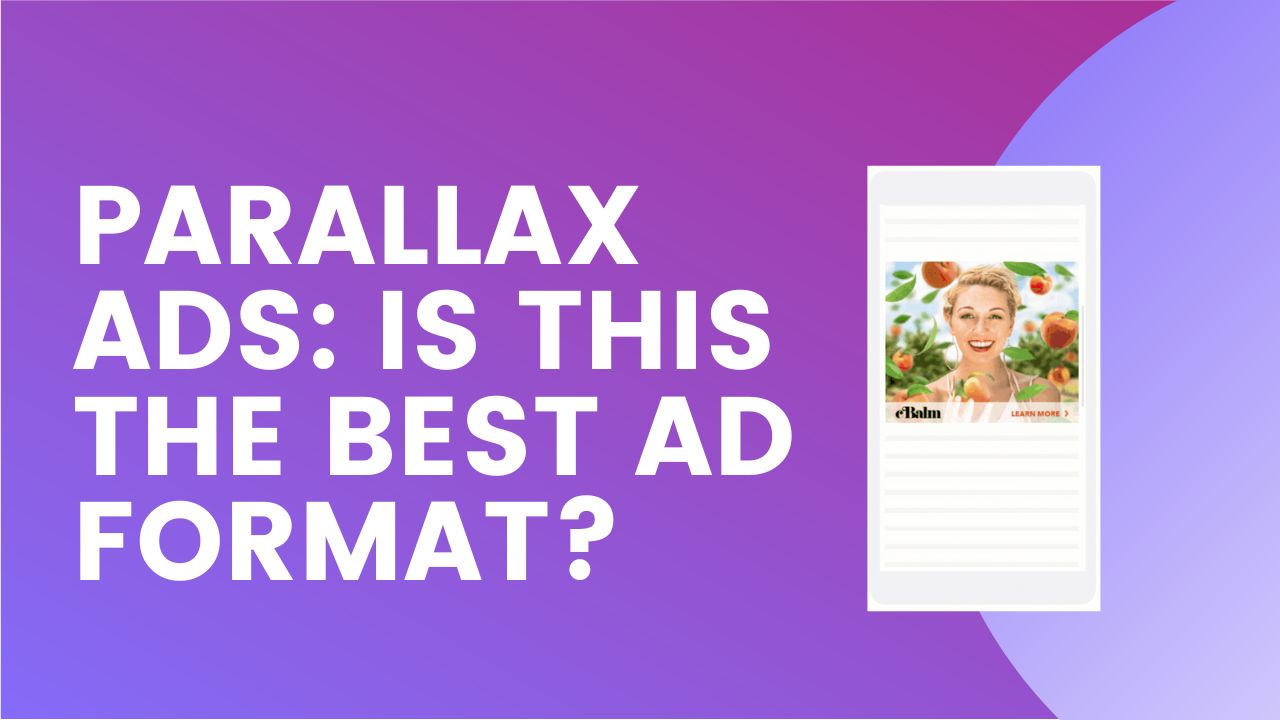This post was most recently updated on July 24th, 2019
 Google offers many different products and services, and since it has many international customers, these products and services support many languages. However, individual Google products may not be available in all languages.
Google offers many different products and services, and since it has many international customers, these products and services support many languages. However, individual Google products may not be available in all languages.
This can cause some issues when running Google Adsense or Ad Exchange ads on pages in unsupported languages — in fact, placing Ad Exchange code on pages in an unsupported language is a direct violation of the Ad Exchange policies.
From Google’s perspective, this makes logical sense — it would hardly make sense to place Portuguese ads on an English web page. Since running ads in an unsupported language are against Google Ad Exchange policies, we recommend unifying the language using the Ad Exchange language settings.
You can change the display language for all your Google accounts by delving into the primary Google settings:
If you run ads on an English publication but don’t want to change your entire account to English, you should tweak the Ad Exchange language settings:
If you follow these instructions, your account pages and all Ad Exchange communications will be sent in the language selected. The display language for your Ad Exchange account will be stored as a “product-specific language”. However, if you choose a language that isn’t supported by Google Ad Exchange, then the system will automatically revert to the last valid display language.
While a unified display language may seem like a trivial detail, it matters a great deal to Google. Google keeps tight control over their publishers in order to ensure that AdSense and Ad Exchange ads retain their value. One of the main things they reject publishers for sloppiness. In Google’s eyes, running ads in another language than the content on your website is a sign of sloppiness, so it runs the risk of hurting their brand.
As a publisher, the safest thing you can do is to make sure your Ad Exchange language settings — if not your entire Google Account settings — match the content on your site.
We’d love to help you cross all your “t”s and dot all your “i”s in Google AdSense or Ad Exchange. MonetizeMore helps clients increase their ad revenue by 25-50%. Sign up today to start optimizing your ad revenue stream.

Kean Graham is the CEO and founder of MonetizeMore & a pioneer in the Adtech Industry. He is the resident expert in Ad Optimization, covering areas like Adsense Optimization,GAM Management, and third-party ad network partnerships. Kean believes in the supremacy of direct publisher deals and holistic optimization as keys to effective and consistent ad revenue increases.



10X your ad revenue with our award-winning solutions.